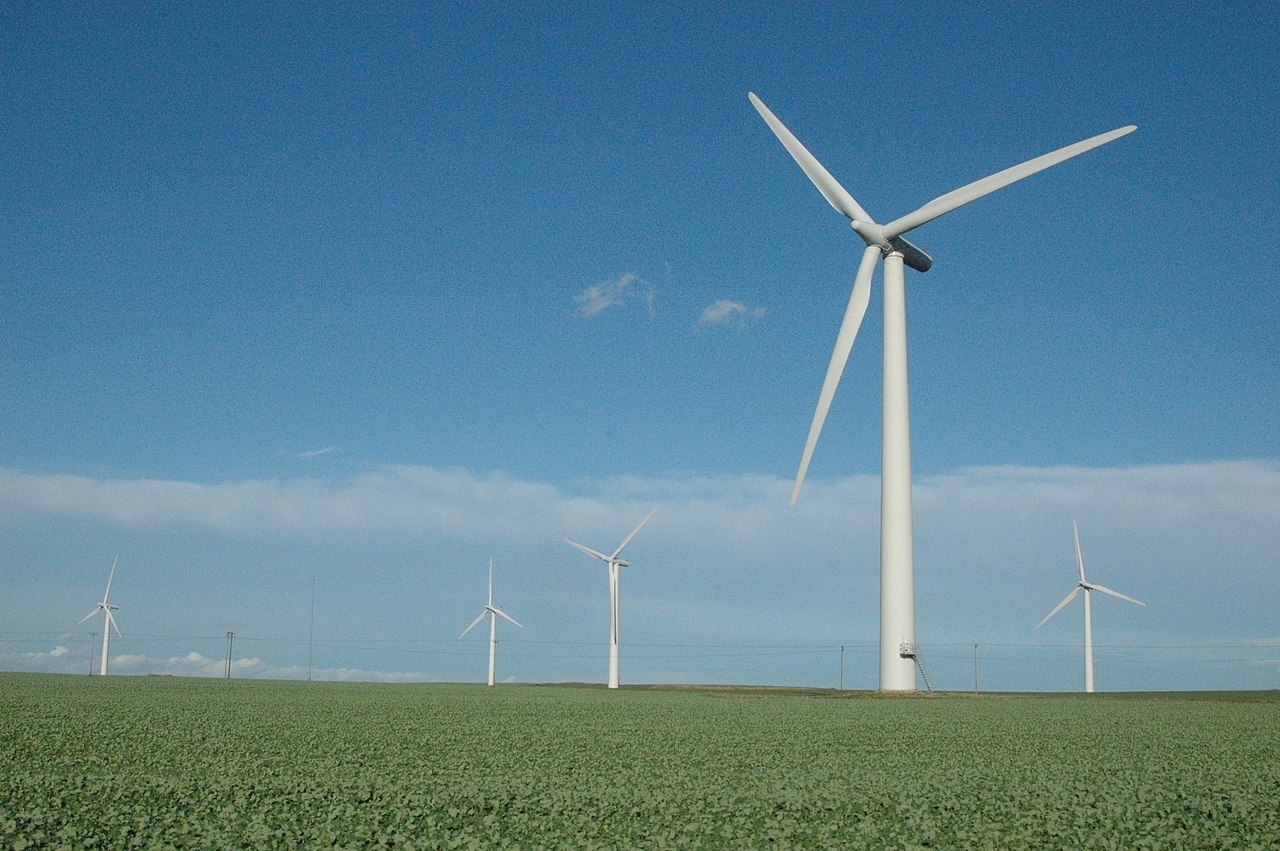Britain plans to build thousands of wind turbines, and a new breakthrough may help ensure they don't end up in landfill

Gaze out from the coast in the UK and there’s a good chance you’ll spot the gentle spin of blades. What you don’t see, over the horizon, are the vast wind farms boasting pylons taller than skyscrapers. The largest in the world, 75 miles off the Yorkshire coast, will soon consist of 750 turbines over an area significantly larger than Greater London.
And the new government wants more. It has committed to tripling our wind capacity to 90 gigawatts (GW). If the wind were to blow on all of these future farms simultaneously, they could generate nearly three times the UK’s electricity requirement.
Reaching this hugely ambitious target requires a great deal of planning – including considering the full life cycle of these thousands of structures. Each blade has an expected lifespan of about 25 years, and many are already being replaced. Designed to withstand harsh weather, they are extremely hardy and therefore difficult to recycle.
Some imaginative small-scale solutions have been found, including repurposing blades as roofs, children’s playgrounds and pedestrian bridges. But the blades generally end up in landfill or are incinerated. We should be designing blades with end-of-life recycling in mind. This means finding a replacement for the incredibly durable epoxy resins that coat the blades. They serve to protect the blades in harsh conditions, but the resins are exceedingly difficult to separate from the carbon or glass fibre and reinforced plastic components. A great deal of research is ongoing to find ways to extract them.
An alternative approach, recently published in Science by researchers at the National Renewable Energy Laboratories in the US, describes a plant-based resin. This appears to perform comparably to traditional epoxies. A nine-metre prototype blade has demonstrated manufacturability and recyclability using mild chemical processes, allowing all components to be reused.
This development could significantly reduce waste by preventing disposal in landfills, allowing the UK’s ambitious wind energy plans to proceed, while sup porting a greener circular economy.
This article is a preview from New Humanist’s winter 2024 issue. Subscribe now.

